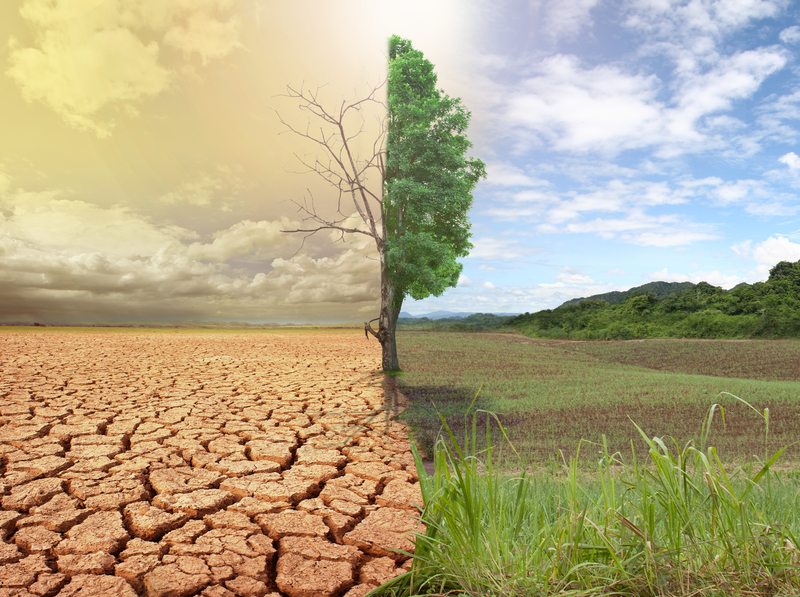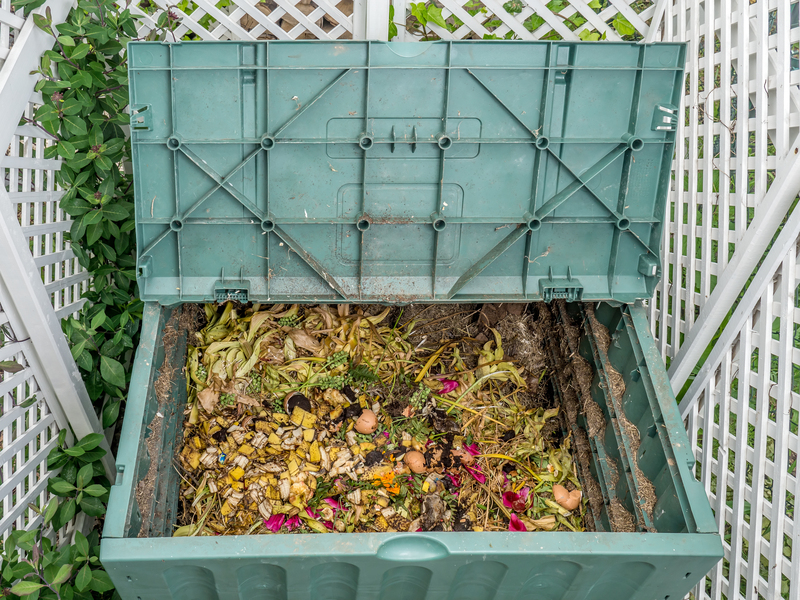In today's world, where the impact of climate change is increasingly apparent, many homeowners are seeking ways to build more sustainable and environmentally-friendly homes. Adopting eco-friendly strategies not only benefits the planet but can also result in significant cost savings over time. This article explores various methods and tips to help you design and construct an energy-efficient and eco-friendly home.
Understanding the Importance of Eco-Friendly Homes
Eco-friendly homes, also known as green homes, are designed to minimize their environmental footprint. This is achieved by using sustainable materials, reducing energy consumption, and optimizing water usage. The benefits of eco-friendly homes extend beyond environmental advantages, including lower utility bills, improved indoor air quality, and increased property value.

Key Benefits
- Energy Efficiency: Eco-friendly homes use less energy, which reduces greenhouse gas emissions and lowers electricity bills.
- Reduced Water Usage: Strategies such as rainwater harvesting and efficient plumbing fixtures can significantly decrease water consumption.
- Durability and Low Maintenance: Sustainable building materials often have longer lifespans and require less maintenance compared to traditional materials.
Planning Your Eco-Friendly Home
Building an eco-friendly home begins with careful planning. Consider adopting the following strategies:
1. Location and Design
Choose a location that maximizes natural resources such as sunlight and wind. Design your home to use passive solar energy and minimize the need for artificial heating or cooling. Consider the orientation of your home to benefit from natural light throughout the day.
2. Sustainable Materials
The choice of materials plays a crucial role in the sustainability of your home. Here are some options to consider:
- Recycled Materials: Use materials like recycled steel, reclaimed wood, and recycled glass.
- Bamboo: A strong and rapidly renewable resource, bamboo can be used for flooring and cabinetry.
- Cork: Sustainable and resilient, cork is ideal for flooring and soundproofing.
3. Energy Efficiency
An energy-efficient home consumes less energy and provides a comfortable living environment. Key energy-saving strategies include:
- Insulation: Proper insulation in walls, roofs, and floors reduces heating and cooling costs.
- Energy-Efficient Windows: Double or triple-glazed windows can significantly reduce heat loss.
- Solar Panels: Harness solar energy to provide electricity and hot water for your home.
4. Water Conservation
Water is a precious resource, and conserving it is crucial in an eco-friendly home. Consider these practices:
- Low-Flow Fixtures: Install low-flow toilets, showerheads, and faucets to reduce water usage.
- Rainwater Harvesting: Collect and store rainwater for irrigation and non-potable uses.
- Greywater Systems: Recycle water from sinks and showers for use in gardens.
Sustainable Landscaping and Gardening
Landscaping plays a vital role in the overall sustainability of your home. Here are some tips for creating an eco-friendly garden:
Native Plants
Native plants require less water and maintenance, as they are well-adapted to local climate conditions. They provide habitat and food for local wildlife, promoting biodiversity.
Composting
Composting kitchen and garden waste creates nutrient-rich soil, reducing the need for chemical fertilizers. This practice enhances soil health and promotes sustainable gardening.
Incorporating Smart Home Technology
Smart home technology can further enhance the efficiency of your eco-friendly home by automating functions and monitoring resource use.
Smart Thermostats
Install a smart thermostat to optimize heating and cooling based on your schedule, reducing energy consumption and costs.
Energy Monitoring Systems
Use energy monitoring systems to track real-time energy use and identify opportunities for improvement. These systems can alert you to energy wastage and help you adjust your habits accordingly.

Financial Incentives and Benefits
Building an eco-friendly home can be a smart investment thanks to the availability of financial incentives and benefits.
Tax Rebates and Incentives
Many governments offer tax rebates, incentives, and grants for homeowners who build or renovate using sustainable practices. These financial benefits can offset some of the upfront costs associated with green building.
Increase in Property Value
Eco-friendly homes often have higher property values and appeal to environmentally-conscious buyers. Investing in green building can enhance the resale value of your home significantly.
Conclusion
Building a better, eco-friendly home involves strategic choices in design, construction, and lifestyle. By implementing sustainable practices, using renewable resources, and adopting energy-efficient technologies, you can create a home that is not only environmentally friendly but also cost-effective and comfortable. Start your journey towards an eco-conscious lifestyle today, and contribute to a healthier planet for future generations.
Remember, each step you take toward sustainability, no matter how small, contributes to a larger positive impact on the environment. Embrace the future of green living by building a home that stands as a testament to innovation, responsibility, and forward-thinking.